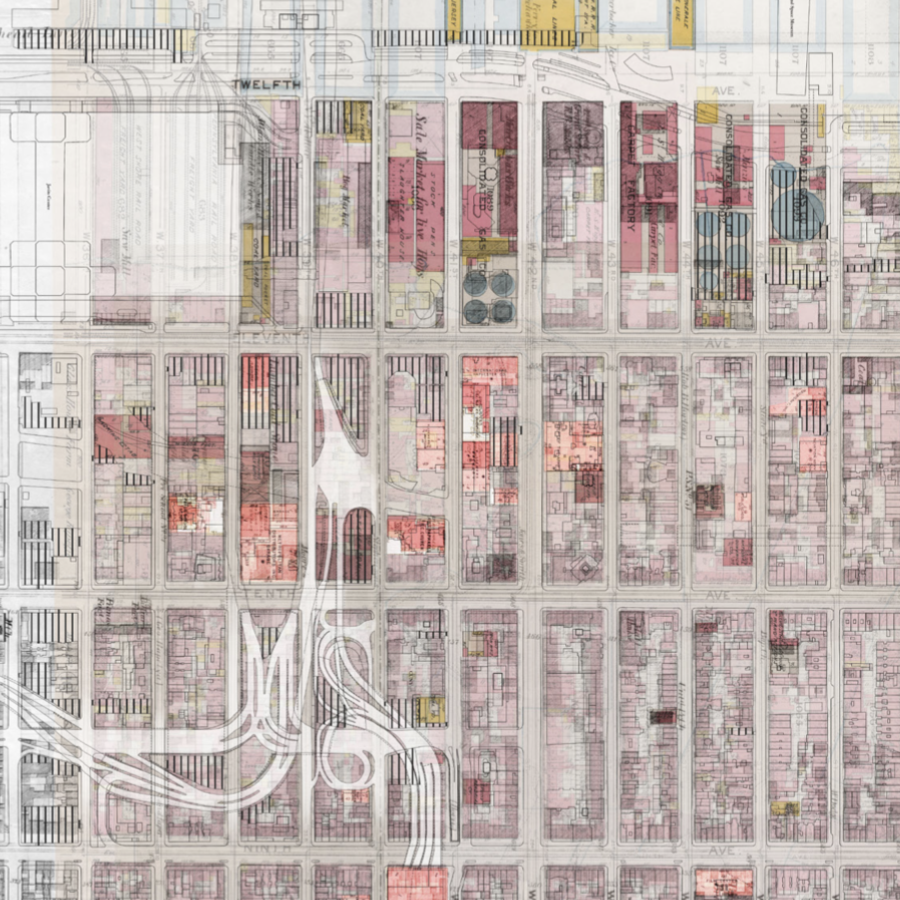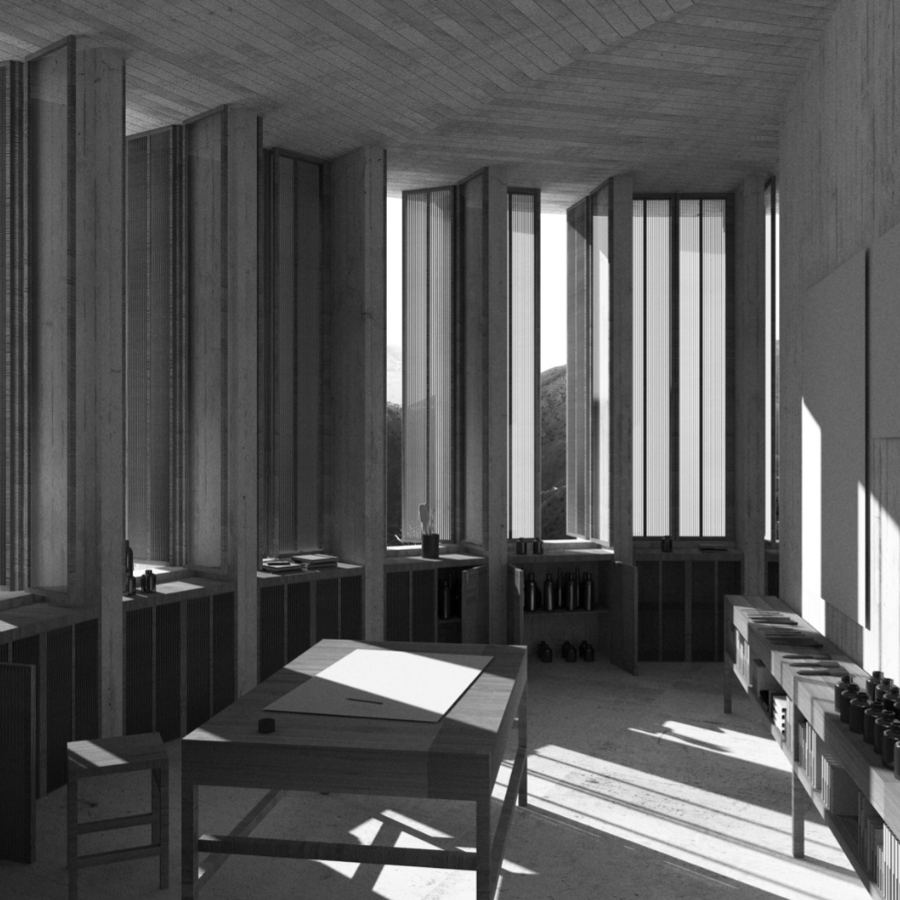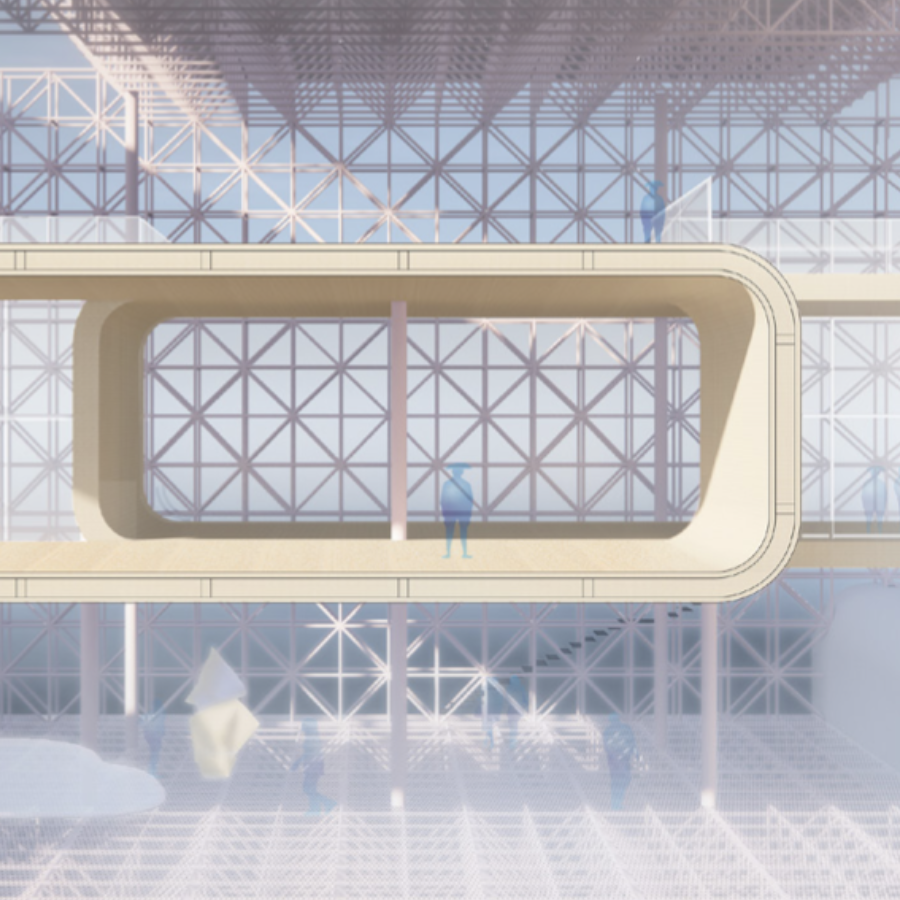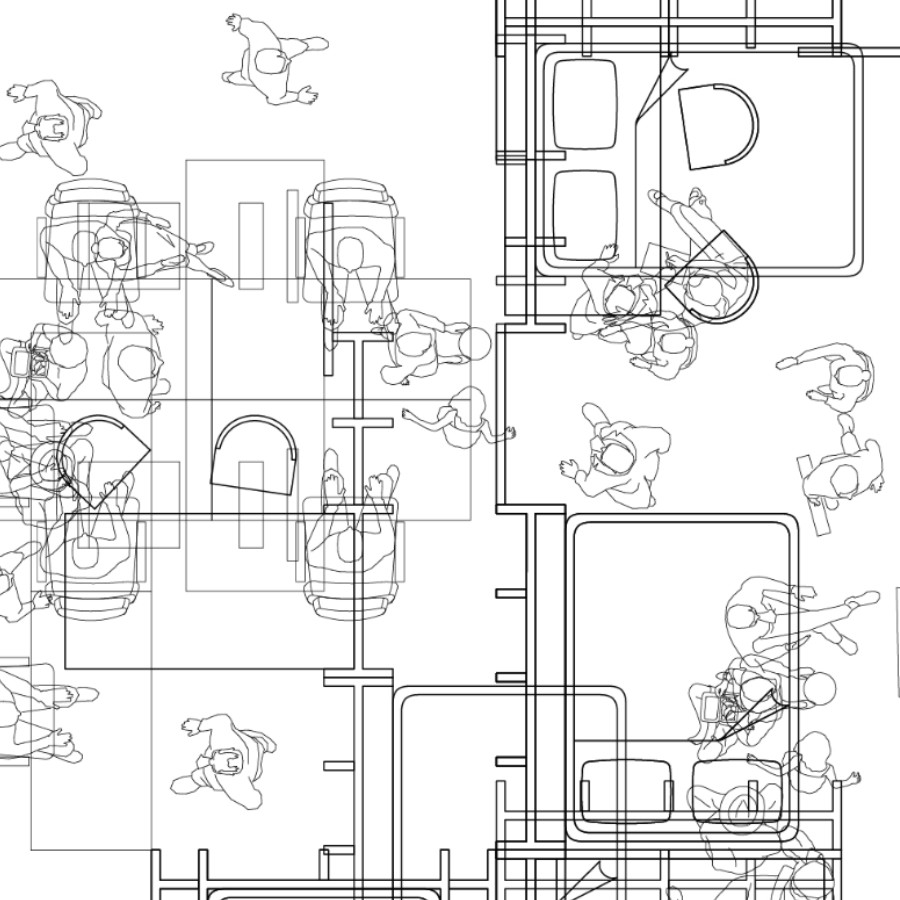PLATE Publication
Architectural pedagogy can be a shifty character, one that takes on many guises. But fundamental to architectural pedagogy at Cornell is the rigorous development of critical thought that privileges the exploration of architectural concepts as informed by the concerns of space, structure, material, history, theory, ecology, culture, and context, as well as the representational processes and tactics and emerging technologies that inform their trajectories.
PLATE is a department publication of student work edited by architecture Professor Andrea Simitch, the Stephen H. Weiss Presidential Fellow, and Visiting Critic Dillon Pranger (M.Arch. '15). On the one hand, it is conceived as a demonstration of a Cornell pedagogy. On the other, as giving presence to the multiple voices who develop those pedagogies into a collection of unique manifestations and atmospheres. Intentionally, PLATE is not intended as an overall nor comprehensive record of work but as a sense of a design studio's engagement with an adaptation of a more general set of pedagogical concerns.
Explore a selection of our spring 2020 PLATE publications below. To order hard copies, please, contact Cornell Print Services (607-255-2524 or printservices@cornell.edu) and ask for "Spring 2020 PLATE [Specific Title Here]"
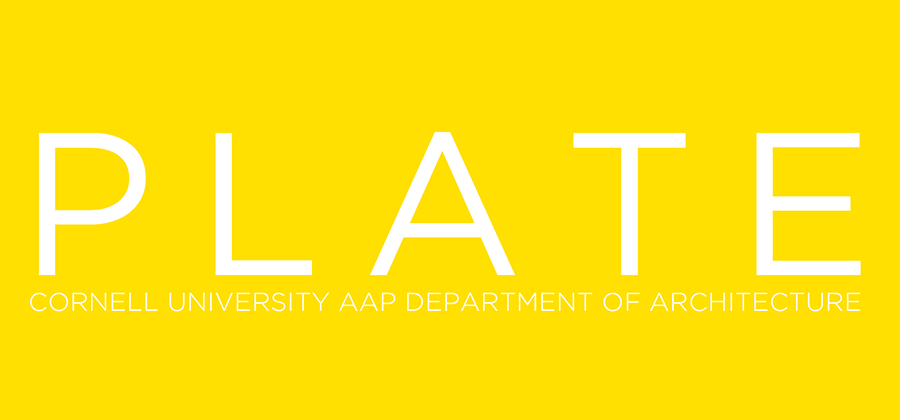
PLATE Spring 2020 Volumes 1-5
Universum Carrousel Journey
Studio Professors
Jan De Vylder
Kana Arioka
Students
Olivia Calalo, Peng Zhang, Krishna Parikh, Emily Xing, Zoey Zhou, Maya Kamaeva, Mitchie Qiao, Hansen Sentosa, Natalia Gulick, Benji Magin, Jingyan Ma, Hammad Ahsan
Words of an universum. Words in a carrousel. Words on a journey. The universum architecture can be. The carrousel architecture will be. The journey architecture need to undertake. Universum as a personal world. Carrousel as an ongoing world. Journey as a discovery of the world. This studio is called universum carrousel journey. This studio's atelier will be given the title universum. The lectures will be held under the title carrousel. And the travels will be named journey. But they will be interchanged as it comes. As the studio is named universum carrousel journey.
Block City
Studio Professors
Dasha Khapalova
Students
Edward Aguilera Perez, Alp Demiroglu, Jane Jackson, Jingjing Liu, Cait McCarthy, Elisa Medina-Jaudes, Nadya Mikhaylovskaya, Karolina Piorko, Kashyap Valiveti, Xin Yue Wang, Alexander Wolkow, Jordan Young
In this studio we probed the possibilities of what a muiti-block megastructure that mediates between permanence and transience, bus and pedestrian, infrastructure and building, building and city, entrance and departure might be. We were interested in how a new Port Authority might become a microcosm of the city that it serves through a rethinking of existing parts and conditions, and through the introduction of new civic and cultural program.
Sole Print
Studio Professors
Mauricio Pezo
Sofía von Ellrichshausen
Rodolfo R. Dias
Students
Selin Cebel, Victoria Grey Clarke, Joyce Jin, Anbar Oreizi-Esfahani, Chae Yeon Park, Laura Stargala, Brennen Brynes Stenke, Chi Yamakawa, Mengyi Yan, Jeonghyun Yoo, Jiarui Zhang, Yuyang Zhang
A monoprint is a form of printmaking in which the image can only be made once. Unlike etching or engraving that allow for multiple originals, a sole print erodes the reproductive capacity of the plate. Becoming a kind of instant painting, this form of human record could be read, following Panofksy's words, as an autonomous idea, as lasting statements that "do not age."
The College of Climaticism
Studio Professors
Philippe Rahm
Ryan Otterson
Students
Zhu Cao, Caroline Christiano, Carla De Haro, Samuel Gomez, Victor Ortiz, Dhyan Sharma, Veronika Varga, Jingxin Yang, Ziyan Ye, Pablo Zarama, Rouchen Zhang, Zeran Zhao
The research driven works contained in this small book are the result of a proposed new hierarchy of priorities in the design field. With increasing awareness of a global climate emergency, both society as a whole and the design industry in particular will be required to re-think the relationship between "design value" (the qualitative) and "sustainability" as a set of numbers (the quantitative) which collectively produce the future we will live (or not) in.
Arcadian Anthropocene
Studio Professors
Peter van Assche
Dillon Pranger
Students
Allison Bernett, Linsen Chai, Grace Cheng, Ami Kurosaki, Jesus Luna, Olivia Meyers, Ruben Posada, Yu Sun, Jacob Swain, Cornelius Tulloch, Tim Qi, Tongyu (Volver) Zhang
Architects aim to design for eternity, but reality teaches us that this is rarely the case. Unfortunately, most buildings will not become monuments. The economic lifespan of a building in the Netherlands is about 25-30 years, after which it will be sold, heavily renovated, re-used or demolished. Demolition is economically the least preferred option, but the amount of waste generated by our society proves otherwise: more than half of which is construction waste.



